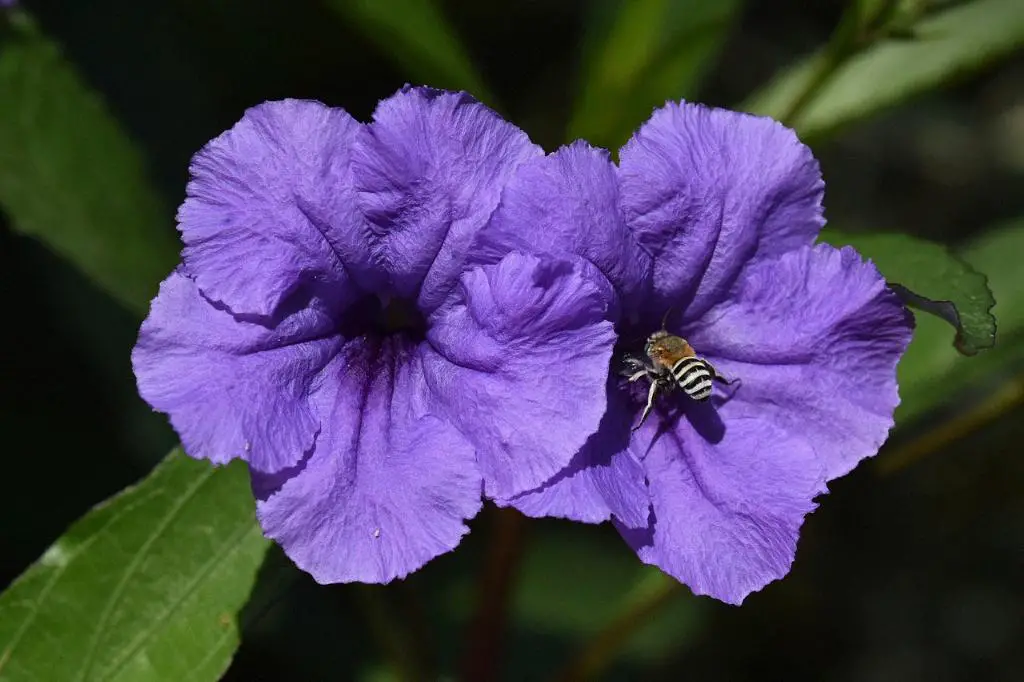Petunias, with their vibrant colors and wide variety of patterns, have charmed gardeners for years. They effortlessly add pops of color to gardens, balconies, and window boxes. Originally from South America, these hardy plants come in numerous species and cultivars, each bringing something unique to the floral tableau. But despite their popularity, there’s a common query about whether petunias are perennials or annuals. Generally, petunias are renowned for their ability to bloom profusely from spring until the first frost. Their ease of care and the bold visual appeal they provide make them a favorite among both novice and experienced gardeners.
Perennials vs. Annuals: Basic Definitions
Before diving into whether petunias are perennials or annuals, let’s clarify what these terms mean. Perennials are plants that live for more than two years, typically flowering and seeding for several seasons. On the other hand, annuals complete their lifecycle—from germination to seed—in a single year, then die off. Understanding this distinction is crucial as it influences how you care for and invest in your garden plants. Recognizing whether you’re planting a perennial or an annual determines the longevity of your plant and your approach to seasonal gardening.
Petunias’ Classification: Are They Perennials?
The short answer? It depends on where you are. In their native warm climates, petunias are perennials. However, in cooler regions, they’re generally treated as annuals because they cannot survive the winter outdoors. The good news is that gardeners in Zones 9 to 11 can grow them as perennials, where the weather accommodates their survival year-round. For those living in colder areas, don’t fret! You can still enjoy these delightful blooms every year by planting new ones each spring or by employing strategies to protect them through the colder months.
Regional Impact: How Climate Affects Petunia Growth
Climate plays a pivotal role in the growth and classification of petunias. As mentioned, in warmer southern climates, petunias will often survive and bloom across multiple years because the conditions mimic their natural habitat. In colder regions, the harsh winters make survival through the year unlikely. Understanding your regional climate can help you choose the best approach for planting and maintaining your petunias, ensuring they thrive regardless of whether they operate as perennials or annuals in your garden.
Enhancing Longevity: Tips for Growing Petunias Year-Round
If you’re determined to grow petunias year-round, even in cooler climates, there are strategies to help these ostensibly “annual” plants survive longer. Firstly, consider planting them in containers that can be moved indoors during frosty weather. Ensuring they have adequate light and aren’t overwatered can mimic their natural growing conditions and extend their life. Regular deadheading also encourages more blooms and prevents the plants from wasting energy on seed production.
Popular Varieties of Petunias and Their Life Cycles
Several popular varieties of petunias variate in their resilience and lifespans. The ‘Wave’ series, known for its ability to spread rapidly and cover a large area, ‘Supertunia’, which is ideal for hanging baskets due to its trailing growth, and ‘Night Sky’, celebrated for its starry patterns, are just a few. Each variety has its specific growth habits and lifespan which can be influenced by how they are cared for and the climate they are grown in.
Protecting Your Petunias: Seasonal Care & Maintenance
Regular care and maintenance are crucial for keeping your petunias blooming, whether as perennials or annuals. Apart from regular watering and fertilizing, it’s important to keep an eye out for pests and diseases. Proper spacing to ensure adequate airflow and avoiding overhead watering can help prevent many common issues. As temperatures start to drop, those treating petunias as perennials should mulch around the plants to offer extra warmth and protection.
Transitioning Petunias Indoors: Steps for Overwintering
Moving petunias indoors for the winter can let you enjoy these beautiful flowers for more than one season. Before the first frost, transfer your petunias to pots if they aren’t already container-grown. Prune back any leggy growth and place them in a sunny, cool spot indoors where temperatures remain above freezing but cool enough to mimic their natural dormant state. Water them sparingly, just enough to keep the soil slightly moist. With proper care, you’ll be ready to move them back outside once the spring warmth returns.

